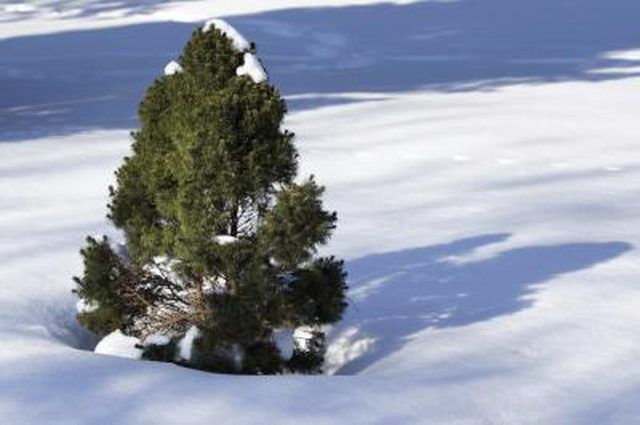Bulbs
Flower Basics
Flower Beds & Specialty Gardens
Flower Garden
Garden Furniture
Garden Gnomes
Garden Seeds
Garden Sheds
Garden Statues
Garden Tools & Supplies
Gardening Basics
Green & Organic
Groundcovers & Vines
Growing Annuals
Growing Basil
Growing Beans
Growing Berries
Growing Blueberries
Growing Cactus
Growing Corn
Growing Cotton
Growing Edibles
Growing Flowers
Growing Garlic
Growing Grapes
Growing Grass
Growing Herbs
Growing Jasmine
Growing Mint
Growing Mushrooms
Orchids
Growing Peanuts
Growing Perennials
Growing Plants
Growing Rosemary
Growing Roses
Growing Strawberries
Growing Sunflowers
Growing Thyme
Growing Tomatoes
Growing Tulips
Growing Vegetables
Herb Basics
Herb Garden
Indoor Growing
Landscaping Basics
Landscaping Patios
Landscaping Plants
Landscaping Shrubs
Landscaping Trees
Landscaping Walks & Pathways
Lawn Basics
Lawn Maintenance
Lawn Mowers
Lawn Ornaments
Lawn Planting
Lawn Tools
Outdoor Growing
Overall Landscape Planning
Pests, Weeds & Problems
Plant Basics
Rock Garden
Rose Garden
Shrubs
Soil
Specialty Gardens
Trees
Vegetable Garden
Yard Maintenance
Black Hills Spruce Facts
Black Hills Spruce Facts. The Black Hills spruce (Picea glauca var. densata) derives its name from its native region, the Black Hills mountain range that rises out of the Great Plains of South Dakota and extends into portions of Wyoming. The tree is beautiful to look at and does double duty as a windbreak. While this variety of the white spruce is...

The Black Hills spruce (Picea glauca var. densata) derives its name from its native region, the Black Hills mountain range that rises out of the Great Plains of South Dakota and extends into portions of Wyoming. The tree is beautiful to look at and does double duty as a windbreak. While this variety of the white spruce is well suited to life in its native northern regions, it suffers in hotter climates.
Cool as a Spruce
The Black Hills spruce loves cool summers and cold winters, full sun and moist, well-draining soil. Although it's native to regions in U.S. Department of Agriculture plant hardiness zone 2 at elevations of greater than 7,000 feet, it can live in warmer climates through USDA zone 6. Don't plant this tree in the eastern U.S. in USDA zone 6b or higher, advises Missouri Botanical Garden.
Live Long and Prosper
A Black Hills spruce makes a lovely stand-alone ornamental tree for the middle of your yard, or you can plant a row of these trees to form a privacy hedge or windbreak. Consider the tree's growth pattern before planting. Although slow growing, Black Hills spruce trees can live for more than 150 years, and will eventually spread up to 15 feet wide and grow to 60 feet tall. Some specimens in South Dakota have topped out at higher than 100 feet.
Pesky Pests and Diseases
The Black Hills spruce doesn't require much in the way of attention, but it does have some natural enemies. Damage from common pests like the yellow-headed spruce sawfly, spruce budworms and spider mites can range from minor disfigurement to the death of the tree. Control spruce budworms by spraying the entire foliage with a ready-to-use Bt formula and repeat weekly if needed. Spider mites and sawflies are controlled by spraying the tree's foliage with a ready-to-use insecticidal soap and repeat weekly or as needed. The Black Hills spruce can also suffer from needle rot and Lirula needle blight. Both are controlled by using a ready-to-use Bordeaux mixture applied when the newly formed needles are 50 percent of their full-grown size. Repeat the treatment in four weeks and for the next three years at the same interval. Eastern spruce gall adelgids can cause pineapple-shaped protrusions on the the shoots, giving the tree an odd, unsightly appearance.
Natural Benefits
The Black Hills spruce does more than just make your yard look great and provide some shelter against the wind. It provides a natural habitat for birds and small mammals. Red squirrels and song birds are attracted to the seeds in Black Hills spruce cones, and deer and porcupine feed on its bark and foliage.